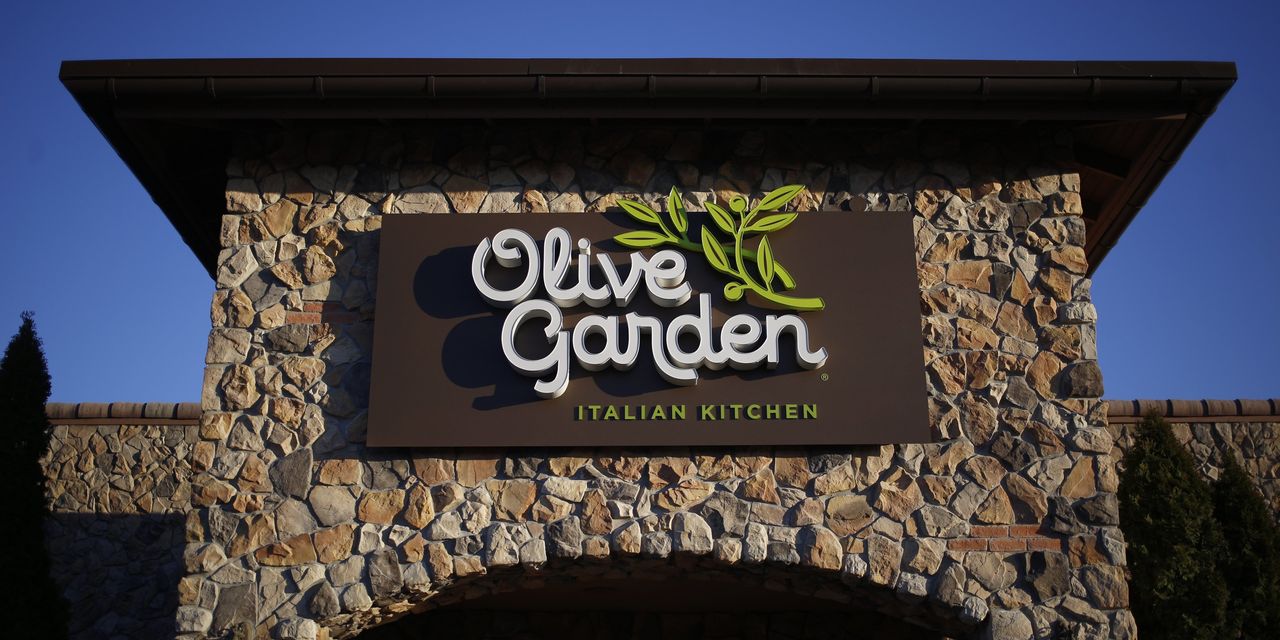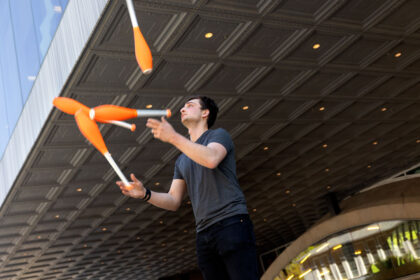
Restaurant expenses are surging. But a healthy consumer appetite suggests that restaurant stock prices might soon catch up.
It is no secret that restaurant operators, who earn low profit margins in the best of times, face a challenging environment. Supply disruptions in key inputs such as food and labor have driven prices higher and left many eateries understaffed. Even restaurants that do have enough workers are liable to experience sudden, temporary staff shortages from Covid-19 quarantines. If that weren’t enough, the spread of the Delta variant has crimped interest in dining out for certain customers, although capacity restrictions and other lockdown measures seem to be policies of the past.
Those conditions are downright scary for independent operators, but large chains are showing the ability to navigate the pressure. Shares of Darden Restaurants, DRI -2.47% which owns Olive Garden, LongHorn Steakhouse and other chains, surged 6% last Thursday after the company raised its sales forecast to about $9.5 billion from $9.35 billion for the current fiscal year, which ends in May. In the three months that ended in August, total revenue of $2.3 billion grew by 8%. All that should translate into record profitability this year, despite expected cost inflation of 4%.
That inflation figure is fairly mild—restaurant prices rose by 4.7% from a year ago in August, according to the Labor Department. There are bright spots even for chains that are experiencing meaningfully higher costs. Cracker Barrel Old Country Store, CBRL -3.29% which expects commodity and wage-expense growth in the mid-to-high single digits in its current fiscal year, produced total revenue of $784.4 million in the three months that ended in July, nearly identical to its total from two years earlier. Cracker Barrel increased its quarterly dividend last week to $1.60 a share, which is back to pre-pandemic levels.
There is clear potential for better performance if the staffing situation improves. In Darden’s most recent fiscal quarter, segment profit grew 45% from the summer of 2019 at LongHorn Steakhouse, which is nearly fully staffed. At Olive Garden, which has had to close parts of some dining rooms due to staffing shortfalls, segment profit was flat. But consumers are clearly willing to spend on a night out: Sales in Darden’s fine-dining segment were up 13% from the summer of 2019, even though sales at some urban locations such as Manhattan remain depressed. While comparable restaurant sales at Cracker Barrel were down from 2019 levels in its most recent quarter, same-store retail sales were up 18%. Once staffing challenges abate, management teams will have more options to generate more sales, such as cranking up marketing spending to pre-pandemic levels.
And while the industry’s long-term growth outlook remains strong, stock prices in the sector have cooled off considerably. Darden stock is near a record high, but Cracker Barrel and Cheesecake Factory CAKE -2.33% shares are off about 20% and 24%, respectively, from highs set earlier this year. Brinker International, EAT -2.62% owner of Chili’s, is down about 34%. Even Darden trades at 21 times the midpoint of this year’s profit forecast, which isn’t cheap by historical standards but hardly unreasonable in a market laden with euphoria.
At prices such as these, investors sizing up a post-pandemic future should be licking their lips.
Write to Charley Grant at [email protected]
Copyright ©2021 Dow Jones & Company, Inc. All Rights Reserved. 87990cbe856818d5eddac44c7b1cdeb8








